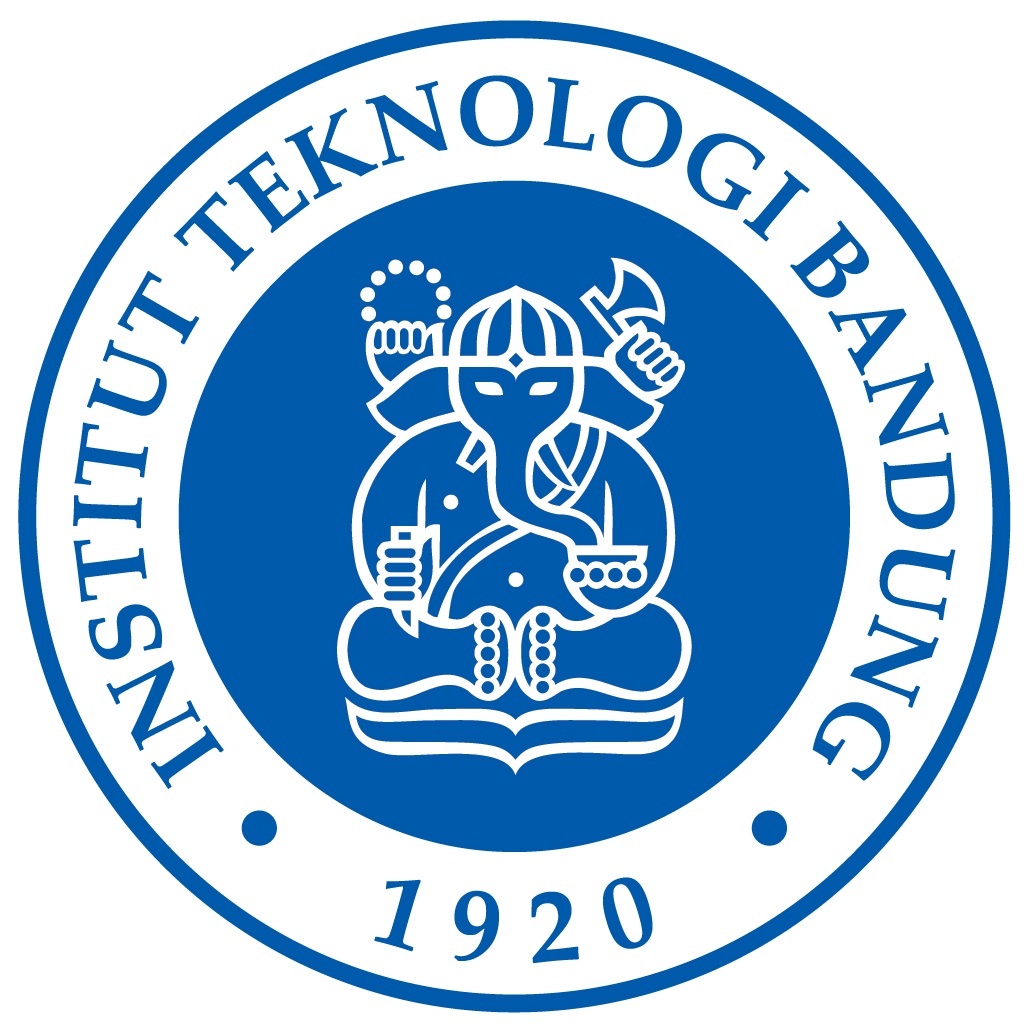

Meirina Triharini
The spread of palm plant in Indonesia is largely in East Nusa Tenggara, East Java, and Southeast Sulawesi. In East Nusa Tenggara, Lontar plants can be found on the north coast to the south of Flores Island and Timor Island, East Coast and South Sumba Island and on small islands. The widest concentration of Lontar in Kupang Regency (West Timor Island, Rote Island, and Sabu Island), Sumba Timur Regency (Rindi Subdistrict Umalulu and Pahal Marketal District), South Timor District, Belu (South and North), and East Flores. Lontar products that are commonly traded are currently prepared for fresh (nira), liquefied sugar, lau, sopi, plate sugar, and ant sugar. In addition, Nira Lontar can also be used as an ethanol with the process of addressing Laru (fermented products for fermentation). Another alternative product is Nata. Nata is a nira who is given an inoculant microbial (Acetobacter Xylium) produces a complex compound of sellulose (like agar). Even Nata can also be used as biomaterials that can be degraded naturally. Other products that can be produced from palm plants include old palm stems that can be used as building materials, young stems consumed as sago. The old leaf midrib can be used as a wall and fence of the house, young leaf midribs are made as brushes, brushes and other household appliances. And the strands of palm leaves can be made paper, woven materials, and sasando musical instruments. The leaf bones can be made as rope materials, and their own fruit both young or old has a tasty taste for consumption. With all the potential possessed by palm plants, and the benefits for high local communities, Lontar utilization by the Flores community still has several problems, including Lontar Utilization is not balanced by its cultivation and the development of potential Lontar products has not been maximized, due to limited marketing, science and technology (Tambunan, 2010). PM Objectives To Increase Productivity Results and Development of Lontar Products in East Flores Through the Ethnographic Process of Lontar Culture in the Flores Society, Return Traditional Lontar products are still produced and extinctly through direct observation and literature studies, and revive products made Lontar plants in an effort to support the increase in farmers' income, provision of employment, and regional revenues.
Publicity
For the community in Chemie's chemie village, this program is an initial stage to build public awareness of the potential possessed, namely the availability of palm plants and weaving skills. The training participants numbered 10 people who are mostly girls who are currently not going to school (drop out of school) or have graduated by S1 but do not have a job.